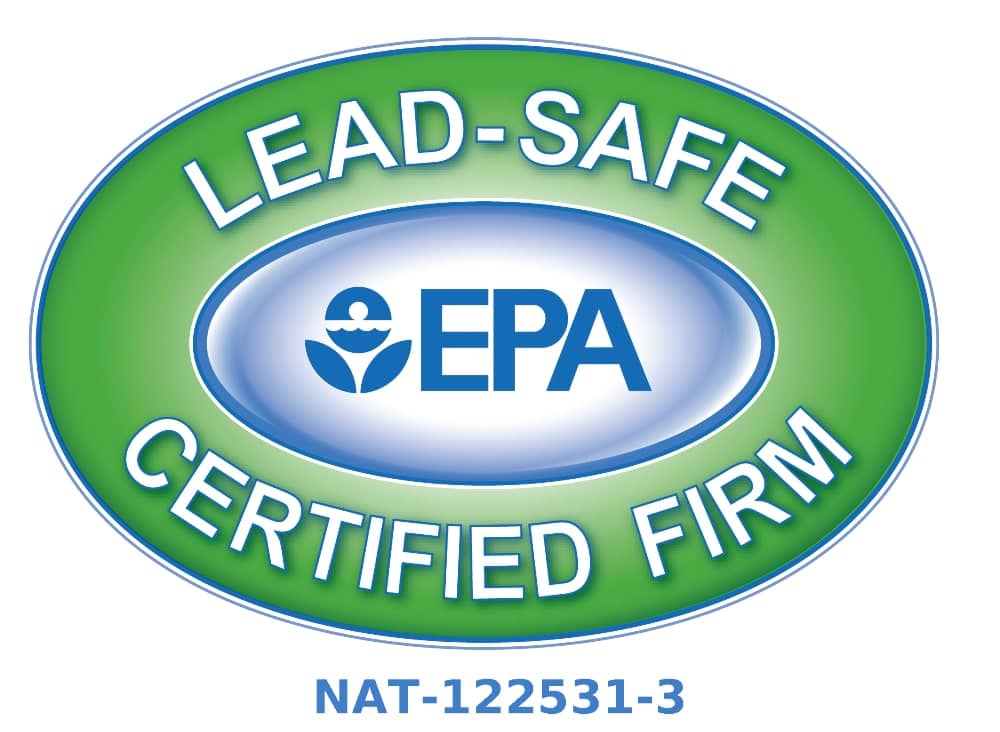14 Oct Leftover Paint?
Your paint project is done, and you find yourself with leftover paint. What can you do with it? Let’s start with the fact that paint contains hazardous elements that could potentially leak and cause harm. It’s important to consider what to do with leftover paint carefully.
Below are tips for the proper handling and disposal of leftover paint.
Store Paint:
It’s always a good idea to keep some leftover paint on hand for touch-ups. One idea is to transfer any small quantity of remaining paint into well-labeled glass mason jars. Be sure to include manufacturer (for example, Benjamin Moore), paint number, name, and even the year. Store it in a cool, dark location without extreme temperatures.
Recycle Paint:
- You can be environmentally friendly with leftover paint by recycling it!
- Keep some on hand to reuse for craft projects.
- Many nonprofits welcome leftover paint for their own paint needs. Ask around in your community.
- Look for a hazardous waste drop-off facility in your area at Earth911.com.
Proper Disposal:
If recycling the paint isn’t possible, here are some tips for paint disposal. Always check your community for any restrictions on paint disposal. Keep in mind that those rules are there for your protection and environmental safety.
- Latex paint: If you have a small quantity of paint leftover, you can let it air dry by leaving the lid off. (If it’s a larger quantity we address that next). Keep the open can of drying paint away from children and pets! Once it has hardened, check if your local metal recycling programs will accept it. The other option is to dispose of the dried out paint in the garbage, assuming it’s not against community rules. If you have more than an inch deep of paint, use an absorbent material, such as kitty litter or paper, to absorb it. Then dispose of the dried out paint as we indicated above. You can recycle the empty can.
- Alkyd or solvent-based paints: These kinds of paint present specific hazards, including that they are ignitable. Correct disposal is critical to safety as well as respectful of the environment. Never pour these types of paints down drains, storm sewers, or onto the ground! You should dispose of these paints using a community hazardous waste collection program. Contact your local city, county, or the Environmental Protection Agency for detailed instructions!
FAQ
1. What are some creative ways to use leftover paint around the house?
Leftover paint can be put to good use in many creative ways. You can upcycle old furniture, paint an accent wall or add stripes for interest, refresh your front door, or use it for arts and crafts projects with children. Small amounts are also perfect for school projects, painting picture frames, or creating your own artwork on canvas. If you have a larger quantity, consider repainting cabinets, closets, or even your garage. Donating usable paint to local nonprofits, schools, or community organizations is another great option.
2. How should I store leftover paint to keep it usable for future touch-ups?
To maximize the shelf life of leftover paint, transfer it to a smaller, airtight container if there’s only a little left. This reduces air exposure and prevents drying. Clearly label the container with the paint color, date, and where it was used in your home. Store paint in a cool, dry place away from extreme temperatures—avoid garages or sheds that may freeze or overheat.
3. How long does leftover paint last, and how can I tell if it’s still good?
Properly stored paint can last up to 10 years. When checking old paint, open the can and stir it well. If it has a normal consistency and mixes smoothly, it’s likely still usable. However, if the paint has clumps, an overly thick texture, or a foul odor, it should be disposed of. Paint that has been unopened and stored well will last longer than opened cans.
4. What is the correct way to dispose of leftover paint?
Disposal methods depend on the type of paint. Water-based (latex) paint can often be dried out—by leaving the lid off or mixing in cat litter or a paint hardener—and then placed in the trash if local regulations allow. Oil-based paints are considered hazardous waste and must be taken to a hazardous waste facility or special collection event. Never pour paint down the drain or throw liquid paint in the trash. Always check with your local waste management authority for specific guidelines in your area.
5. Can leftover paint be recycled or donated?
Yes, many communities and organizations accept leftover paint for recycling or donation. Usable paint can often be donated to nonprofits, schools, churches, or community groups for their projects. Some areas have paint recycling programs or special drop-off locations. Always ensure the paint is in good condition and check with the organization or recycling center for their requirements.

Mike Katounas is the owner of Home Works Painting, a painting business in Northern Virginia. He has over 15 years of experience in residential interior and exterior painting, drywall installation/repair, carpentry, wallpaper removal, power washing, commercial painting, color consultation, and staining/sealing. Their service areas include Chantilly, Fairfax, Herndon, Oakton, Reston. Mike takes pride in his work, and he always follows a strict code of conduct that includes the use of quality paint, a clean workspace, and an honest, respectful approach to his customers.












Sorry, the comment form is closed at this time.